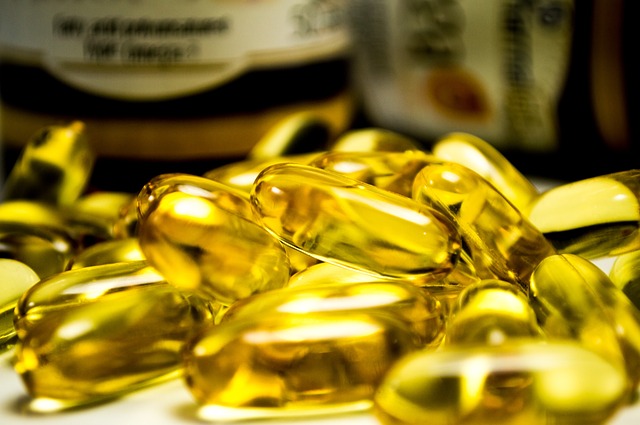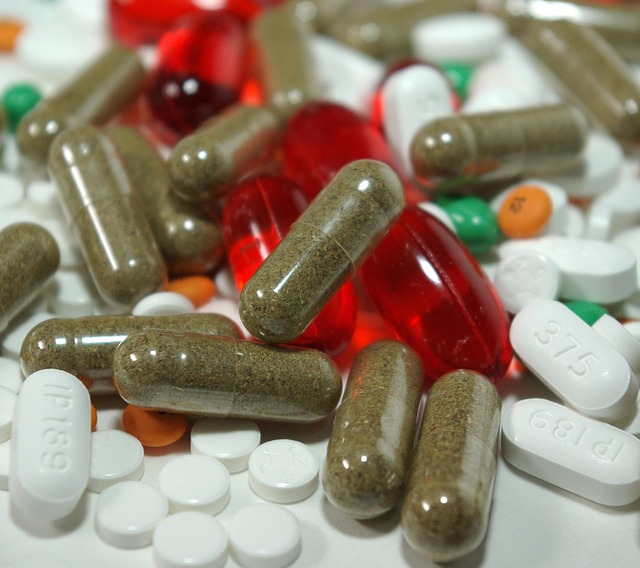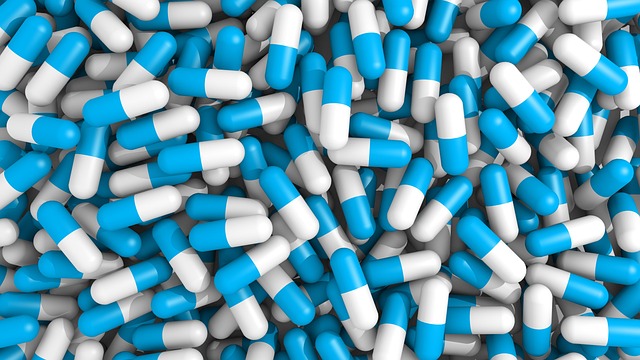GLP-1 drugs mimic natural hormones to manage type 2 diabetes by controlling blood sugar and promoting weight loss. Medications like exenatide, liraglutide, semaglutide, and dulaglitide are administered via injection or oral formulations based on patient needs. Optimal dosing involves starting with low doses and monitoring blood sugar levels for effective glycemic control while managing side effects. Future developments aim to personalize therapy, improve delivery systems, and combine GLP-1 drugs with other metabolic agents for comprehensive treatment.
GLP-1 receptor agonists have emerged as powerful tools in the management of type 2 diabetes, offering significant benefits in glycemic control. This article delves into the intricacies of dosing and administration strategies for these innovative GLP-1 drugs. From understanding their mechanism of action to exploring different formulations and patient selection, we provide a comprehensive guide. Learn about optimal dosing considerations, the pros and cons of subcutaneous vs. intravenous routes, and emerging trends in personalized GLP-1 drug therapy.
Understanding GLP-1 Receptor Agonists: Mechanism of Action

GLP-1 receptor agonists are a class of medications designed to mimic the effects of the natural hormone glucagon-like peptide-1 (GLP-1). These drugs play a crucial role in managing type 2 diabetes by enhancing insulin secretion and suppressing glucagon release, leading to improved blood sugar control. The mechanism of action involves binding to GLP-1 receptors in the pancreas and gut, which triggers a cascade of events that promote insulin production and inhibit glucagon release.
This process not only lowers blood glucose levels but also aids in weight management by increasing feelings of fullness and reducing appetite. Unlike some other diabetes medications, GLP-1 drugs have a unique advantage—they are weight-loss agents approved for use in combination with diet and exercise. This dual role makes them a game-changer in the treatment of type 2 diabetes, offering both glycemic control and potential for significant weight loss.
Types and Formulations of GLP-1 Drugs

GLP-1 receptor agonists are a diverse group of medications, with various types and formulations available. These drugs mimic the effects of the natural hormone GLP-1 (glucagon-like peptide-1), which is produced in the intestine in response to food. The key difference lies in their structural modifications, enabling them to remain active for longer periods than native GLP-1. This results in more sustained blood glucose control and weight management benefits.
Common types include exenatide, liraglutide, semaglutide, and dulaglitide, each with different pharmacokinetic properties. They are administered via injection or, in some cases, oral formulations designed to enhance stability and absorption. The choice of GLP-1 drug depends on individual patient needs, such as treatment goals, side effects, and administration preferences.
Dosing Considerations for Optimal Efficacy

The optimal dosing and administration of GLP-1 receptor agonists are crucial for achieving desirable therapeutic effects. These drugs, known as GLP-1 drugs, mimic the actions of the natural hormone glucagon-like peptide-1, which stimulates insulin secretion and suppresses glucagon release in a glucose-dependent manner. Dosing considerations play a pivotal role in maximizing their efficacy.
Initial doses typically start low and are gradually increased to minimize side effects such as nausea and vomiting, common with GLP-1 drug therapy. Regular monitoring of blood sugar levels is essential to ensure the dosage remains appropriate for individual patient needs. Additionally, adherence to prescribed administration schedules, often subcutaneously, is vital for consistent drug delivery and sustained glycemic control.
Administration Routes: Subcutaneous vs. Intravenous

The administration route plays a significant role in the effectiveness and patient experience of GLP-1 receptor agonists. The most common method is subcutaneous injection, which offers several advantages. This route allows for easy delivery, providing a convenient alternative to oral medications for many patients. The skin’s large surface area facilitates rapid absorption, ensuring that the drug reaches the bloodstream effectively.
In contrast, intravenous (IV) administration is less frequent but has its place in specific scenarios. IV infusions can provide quicker onset of action compared to subcutaneous injections, making them useful for certain critical situations or during initial treatment periods. However, due to their potential for faster and more direct delivery, GLP-1 drugs administered intravenously may cause more immediate side effects, requiring careful monitoring by healthcare professionals.
Patient Selection and Individualized Therapy

Patient selection is a crucial aspect in the dosing and administration of GLP-1 receptor agonists (GLP-1 drugs). These therapies are most effective for individuals with type 2 diabetes who have not achieved optimal blood glucose control with diet, exercise, and conventional medications. Patient characteristics like age, body mass index (BMI), and coexisting conditions should be considered when deciding on a specific GLP-1 drug and its dosage.
Individualized therapy is key to maximizing the benefits of GLP-1 drugs. Healthcare providers should regularly monitor patients’ blood glucose levels, assess side effects, and adjust the dosage or medication as needed. This personalized approach ensures that each patient receives an optimal treatment regimen tailored to their unique needs, enhancing glycemic control while minimizing potential adverse effects.
Common Adverse Effects and Management Strategies

Common adverse effects associated with GLP-1 receptor agonists include nausea, vomiting, and diarrhea, which are often dose-dependent. These gastrointestinal symptoms can be managed through a variety of strategies. For mild cases, doctors may recommend increasing fluid intake, adopting a low-fiber diet, or taking the medication with food to reduce irritation. In more severe instances, a temporary reduction in the dosage or switching to an alternative GLP-1 drug may be considered.
Other potential side effects include injection site reactions, such as pain, redness, and itching. To minimize these, proper injection technique should be demonstrated, and patients encouraged to rotate injection sites. Regular monitoring by healthcare providers is essential to address any adverse events promptly, ensuring optimal management of GLP-1 drugs while maintaining patient safety and comfort.
Future Perspectives: Personalized GLP-1 Therapy

As research in the field of metabolic health advances, future perspectives for GLP-1 receptor agonists focus on personalized therapy tailored to individual patient needs. This involves exploring dynamic dosing strategies that adapt based on a patient’s response and overall glycemic control. For instance, using advanced analytics and machine learning algorithms, healthcare providers could predict optimal GLP-1 drug dosages before administering them, enhancing both efficacy and patient compliance.
Personalized GLP-1 therapy also extends to targeted delivery systems, such as oral or transdermal formulations, which offer improved convenience and patient adherence compared to traditional injections. Moreover, combining GLP-1 drugs with other metabolic agents could lead to synergistic effects, creating comprehensive treatment plans that address multiple aspects of metabolic disorders.
